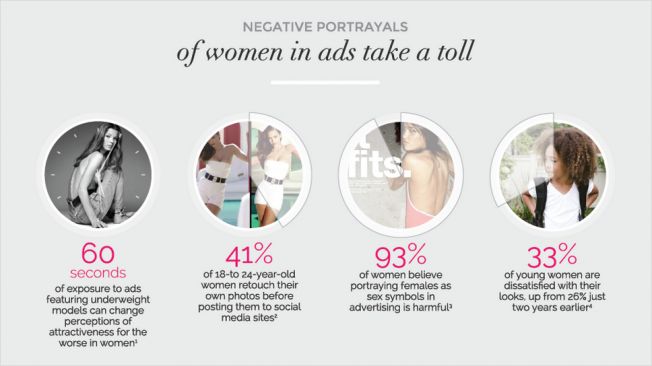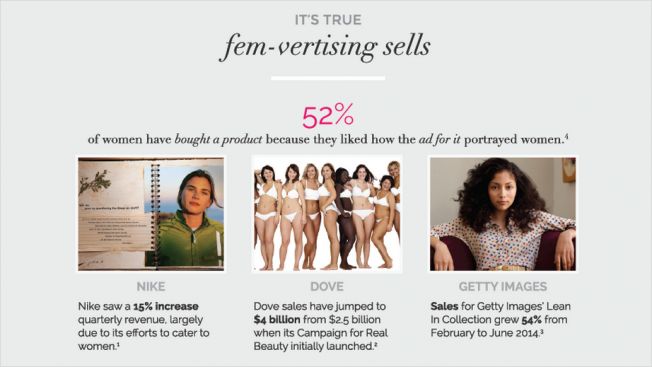The community that has built up around games has become larger, more vocal, and more valuable to publishers in the past decade. The tools of social media, forums, livestreaming, and video have made it possible to share knowledge and passion with fans of games worldwide. Aside from company sites, there’s a healthy set of third-party sites where fans can gather around favorite games, and one of the biggest is ZAM Network: “The largest collection of massively multi-player online gaming information on the web” as they style themselves.
This year marks the fifteenth anniversary of ZAM Network, and the site has grown to over 9 million unique users and 400 million pageviews per month. The ZAM Network offers a wide variety of information, both in-game and out-of-game, on its dozens of different web sites that include Wowhead, LolKing, and DestinyDB. Users can find everything from maps, databases, and walk-throughs to game interface add-ons and customizations for many of the most popular games out there, including World of Warcraft, League of Legends, Team Fortress 2, and Day Z, just to mention a few.
The [a]listdaily spoke with ZAM Network’s president Cody Bye, and the director of content Micheal Bailey, about the ZAM Network, its future, and the changing game market. What follows is an edited transcript of their remarks.
[a]listdaily: How did ZAM get started, and how did it get to where it is today?
Cody Bye: ZAM started fifteen years ago, and neither of us where actually there at the time. It started as a fan community site by a few individuals, named after one of their user names on the site. In 1999, when this all started, there wasn’t anything on line that was incredibly in depth. There were some forums and some written-out guides, but nothing really intense. So this individual Allakhazam started up a web site where moderators could go in and submit information about EverQuest into a database, and people could use a search engine to find information about EverQuest. That grew bigger, to where people could download a client that would observe how people were playing the game, and pull in information out of that. It became the de facto place for people playing EverQuest to find information. It became hugely popular, and kind of exploded from there.

Cody Bye
From that start, ZAM has metamorphosed along the way. The next biggest point in our growth was acquiring additional web sites, one notable one was EQInterface and WoWInterface, where we have add-ons for EverQuest and World of Warcraft. The next big step was the purchase of Thoughtbot and then Wowhead after that. Thoughtbot was the next step in databases for MMOs, and was the default place where WoW players looked for information on how to play World of Warcraft. We’ve just kind of progressed from there.
[a]listdaily: How has the MMO player community changed in recent years?
Cody Bye: I think the biggest thing that I’ve seen, having started in my teens playing EverQuest, is that so many games are incorporating more and more of the things that made MMOs compelling in the first place. A lot of people are moving to more quick session based games like League of Legends or Destiny, but they want those games with more persistence than a Call of Duty or a Counter-Strike. Those games obviously still have very compelling user bases, but I think a lot of people who may have initially started playing MMOs played them for that persistent element. You know, ‘every time I play I’m getting stronger, better gear, having a better social experience.’ The original games that were out there, the Quake 3‘s and the Unreal Tournaments, didn’t really have that. Now you see more and more of those MMO elements incorporated. The EA Sports games have a huge amount of persistence in them. Maybe the genre of EverQuest or World of Warcraft wasn’t your cup of tea, but if you wanted to have that persistent, social experience now there’s a variety of games that are incorporating those persistent elements.
[a]listdaily: Is the subscription still a viable option for new MMOs?
Micheal Bailey: In 2011 if you ever asked somebody about a game coming up that was free-to-play, they would immediately dismiss it as crap. “Free to play game? It’s crap, something that’s imported from another country.” That would be the end of it, nobody would want to play it. But now, when you’re looking at subscriptions, it’s “Oh, I guess they don’t want people to play their game because I have all these games I can play for free.” Between 2011 and 2013, we completely flipped between free-to-play games being crap and now they’re the standard. The only subscription game that has survived is World of Warcraft, and that’s pretty much it.

Micheal Bailey
[a]listdaily: Will World of Warcraft ever go free-to-play?
Cody Bye: Internally they probably have a threshold, I can imagine they have a number where they say it’s no longer viable for us to continue to have a subscription service. It’s my belief that once they flip that free-to-play switch they’ll have a huge influx of people that are willing to come back and try it for free. That being said, from a business perspective there’s a reason why almost every utility like cable or phone has a subscription service, because you always know how much you’re going to make each month. With free-to-play gaming it’s much more difficult to determine. With World of Warcraft it might be a little easier to determine, now that they’ve got some metrics by doing Hearthstone and Heroes of the Storm. Without those metrics, going free-to-play is still a risk for them. I think as long as it’s still a risk they won’t do it, but when they hit that threshold number they probably will very seriously consider it. I don’t know how long in advance they will message it, I’m guessing a pretty long time, but I don’t foresee that happening for a long time.
[a]listdaily: What does the future hold for the ZAM Network?
Micheal Bailey: We have a lot of perspectives on the management team, a lot of different backgrounds. We know that the sites that we built for the games that they represent are perfect for those games, but a game that releases this year like Elder Scrolls Online is not going to get the same site as a game from the past. It’s going to get a different experience, and we tailor those experiences to remain current and get the best experience for the user.
We know that people want to create their own fun, and that’s possible in a web site. When you go there you feel like this is your home page, in a sense. I go to Reddit every day, and that’s one of my home pages. That kind of experience can exist in any field, where you can create your own experience and really have it all, be with your friends and see what everyone’s doing without leaving that area. That’s what games do, and that’s totally doable in a site. There’s mobile stuff that needs to work into all this — mobile has turned into small PCs in a sense. There’s an interesting blend of how you deliver the content, and now we want to focus on how we allow them to create their own fun, and that’s what we’re doing right now.


 Cody Bye
Cody Bye
 Micheal Bailey
Micheal Bailey


